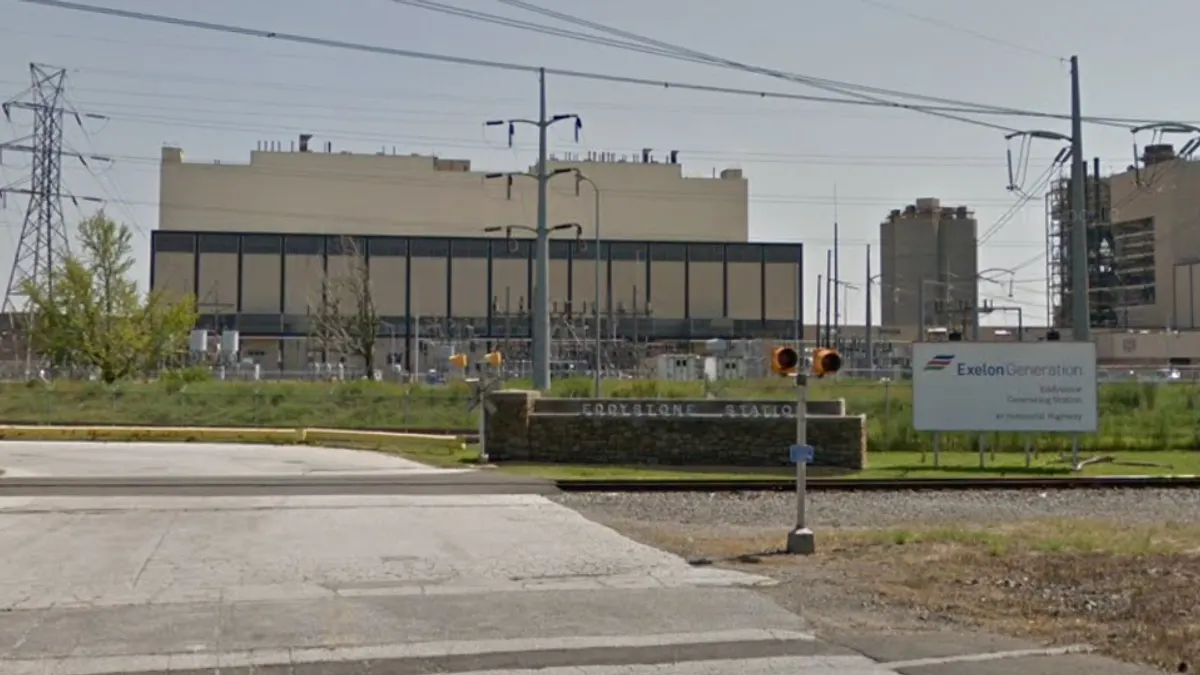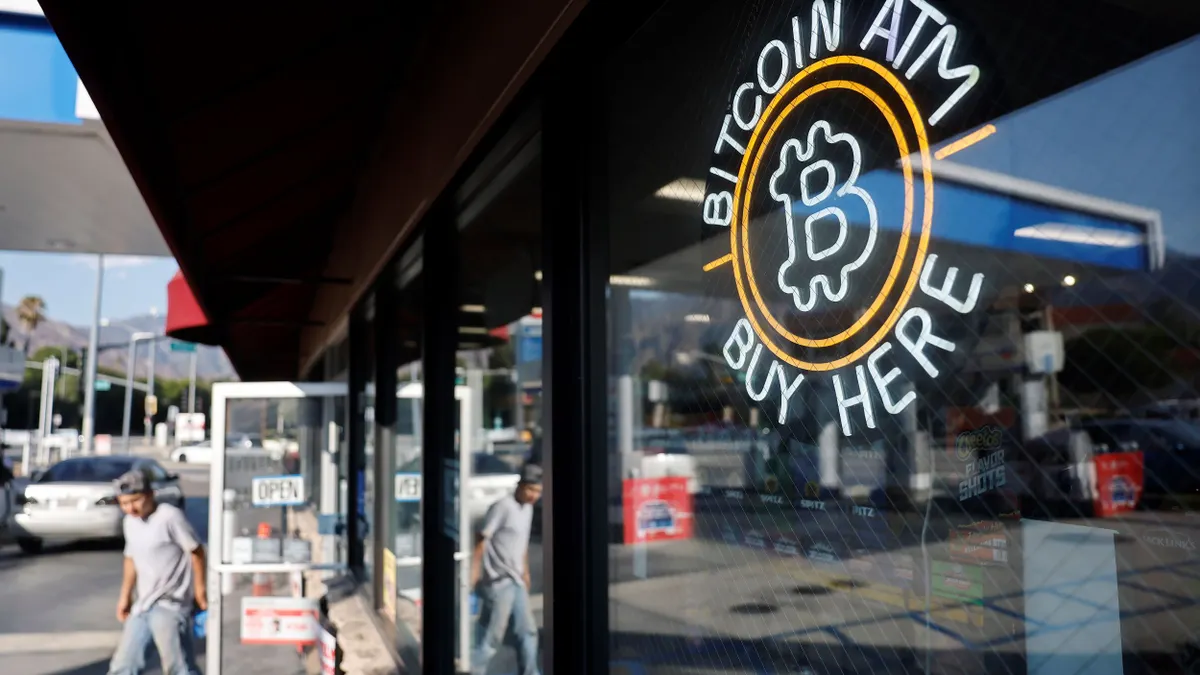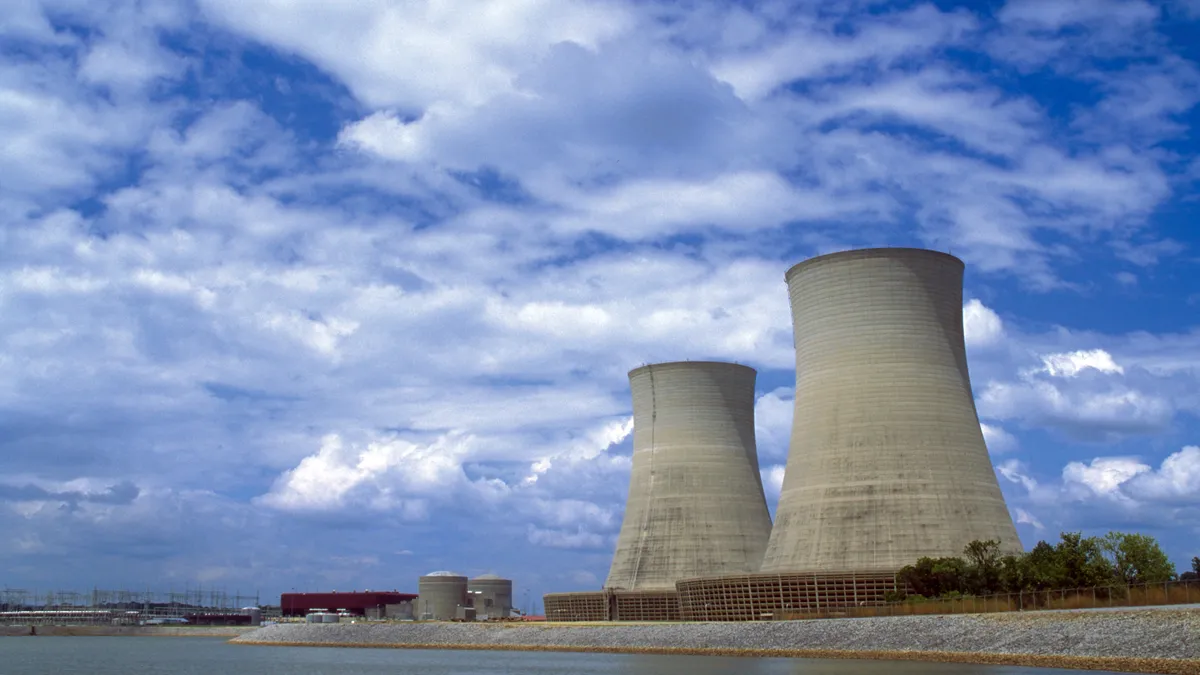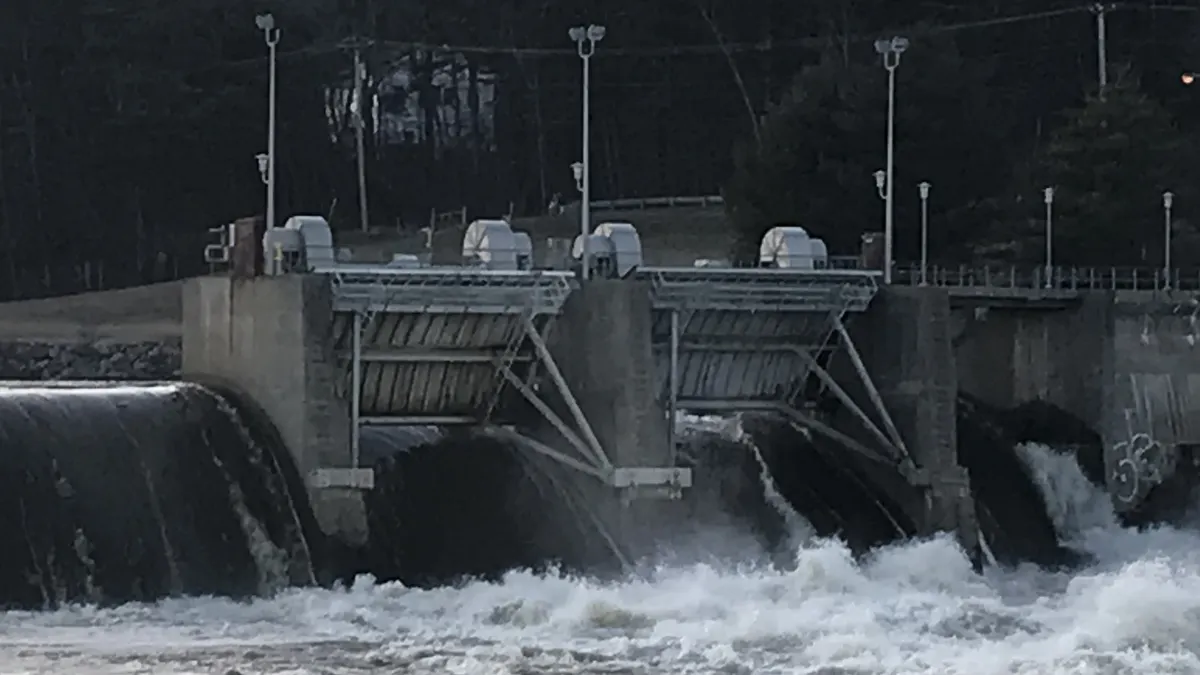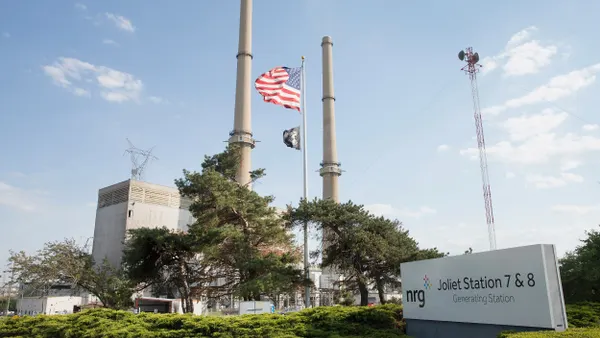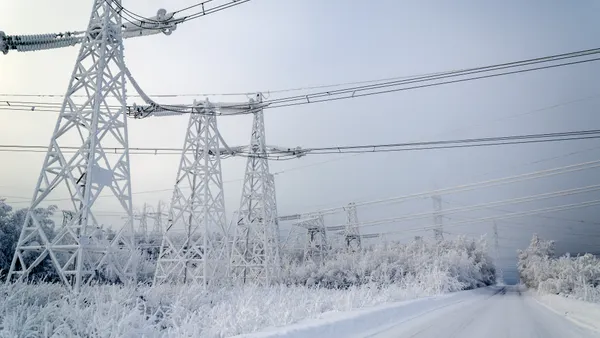Renewable energy developers are manipulating key provisions of the Public Utilities Regulatory Policy Act (PURPA), electric utilities and a state regulator told an Energy and Commerce Subcommittee in the U.S. House of Representatives on Wednesday, demanding reforms from Congress.
Large renewable energy suppliers are abusing the “one-mile rule” separating qualifying facilities under the law to compel utilities to purchase their power, they said, defying the spirit of a law meant to support small energy suppliers.
Renewable energy developers, meanwhile, told the subcommittee hearing that the law remains essential to support small providers like waste-to-energy and cogeneration plants, as well as to provide an important financial backstop for solar and wind facilities.
The testimony came as the House Energy and Commerce Subcommittee reviews PURPA.
“Given the fact that PURPA was written nearly 40 years ago and that the U.S. electricity system is undergoing significant transformation, now is the time for the committee to review PURPA and its associated impacts,” Energy Subcommittee Chairman Rep. Greg Walden (R-OR) said to open the hearing. The testimony from witnesses will help inform a “PURPA modernization act” the committee is drafting, he said.
PURPA problems
Signed in 1978 by President Carter, PURPA was the nation’s first foray into competitive electricity generation, meant to compel utilities — all vertically integrated at the time — to diversify their resource mixes and shift away from imported oil.
PURPA’s key provision, Section 210, obligated utilities to provide grid access to and buy power from qualifying facilities (QFs) that can sell power at or below the utility’s avoided cost rate for other generation. The intent was to ensure that new power producers were given a market to sell their output.
In recent years, PURPA has spurred renewable energy technologies, giving wind and solar a foothold in nascent markets. As their penetrations grew, utilities complained that long contract lengths and the obligation to purchase power from QFs were raising power prices for their customers and interfere with state planning initiatives and renewable energy mandates.
“Under PURPA's must take provisions, QFs can displace energy from existing more efficient power plants, thereby raising costs to our customers,” Xcel Energy Vice President for Policy Frank Prager told the subcommittee. “QFs can force utilities to take power outside the state utility planning process — those are the processes states use to ensure a more reliable and cost-effective electricity system.”
In recent years, utilities in Idaho, Oregon, Utah, Michigan, Montana and North Carolina have successfully pushed to reform their states’ interpretations of PURPA, either cutting avoided cost rates or shortening contract lengths under the law. The complaints pushed the Federal Energy Regulatory Commission to hold a one-day technical conference on the law’s provisions last summer.
While PURPA was always meant to compel utilities to purchase power from independent suppliers, critics argue that developers are increasingly “gaming” the law by splitting large-scale renewable developments into smaller portions to meet PURPA’s size requirements — under 80 MW in vertically-integrated states and 20 MW in organized markets.
By ensuring their facilities follow the “one-mile rule” separating QFs, developers can secure preferable contract rates for large amounts of capacity and ensure utilities will purchase the output.
Last year, Prager told the subcommittee that a QF developer attempted to site 11 solar and eight wind facilities under the law, separating them so the combined 1,520 MW of capacity was portioned into chunks of 80 MW or less. While state regulators ultimately rejected the facilities, litigation is ongoing and Prager said the episode demonstrated that utilities can be “forced to take energy they do not need and outside of state resource planning and procurement processes.”
Alliant Energy has seen similar difficulties, the utility's Vice President of Iowa Operations Terry Kouba told the subcommittee.
“QF developers and foreign-financed owners are developing large wind farms that exceed the 20 MW threshold,” he said in prepared testimony. “These developers then intentionally disaggregate the large projects into individual or smaller groupings of wind turbines and place them greater than one mile apart from each other.”
While large-scale renewables would typically connect to the transmission system, Kouba said some of these QFs have moved to connect to the utility’s distribution system, potentially causing reliability problems.
“We literally had 5 QFs come in [called] Alpha Bravo Charlie Delta Echo. Not kidding. How's that not one guy trying to bring 100 MW on the system outside of the intent of PURPA?”

Kristine Raper
Idaho PUC Commissioner
“They put [a QF] wherever they want it, there's no planning and then we have to react to that and do our best to ensure it does not adversely impact customers,” Kouba told Utility Dive after the hearing. “If this is left unchecked, we could have hundreds of examples where QFs disaggregate, put their small facilities down on the distribution system and magnify the areas where we end up with distribution system problems.”
The “gaming” issue is particularly pronounced in Idaho, said state PUC Commissioner Kristine Raper, who voted in 2015 to shorten PURPA contract lengths from 20 to two years.
“We literally had 5 QFs come in [called] Alpha Bravo Charlie Delta Echo,” she said. “Not kidding. How's that not one guy trying to bring 100 MW on the system outside of the intent of PURPA?”
Congress should move to amend the one-mile rule to prevent this type of “manipulation,” the witnesses said, but Raper said increasing the distance alone would not solve the issue.
“I think that the one-mile rule is sort of a red herring,” she said. “It’s not about breaking up the one-mile rule; it’s about whether you have a larger renewable [facility] and you’re disaggregating to get a better rate.”
Instead of basing QF separation on distance, Raper said state commissions should be empowered to decide whether adjacent facilities truly constitute separate projects, looking at factors such as common ownership, interconnection points, operations, financing and others outlined in her prepared testimony.
The problem, she said, is that PURPA assigns designation of qualifying facilities to FERC, not the states.
“Congress needs to do something to allow us the opportunity to [say] 'fake QF,’” she said.
Renewables reply
Utility opposition to PURPA is nothing new, said Todd Glass, counsel for the Solar Energy Industries Association (SEIA). They “have never liked PURPA and they don't like PURPA today,” he told the subcommittee.
Utility and regulator complaints about the cost of PURPA contracts are misplaced, he said, because they control the levers to adjust that calculation.
“What I don’t like is utilities and utility commissions hiding behind the difficulty of the avoided cost calculation and the fact that it becomes fixed for some period of time [in PURPA contracts],” Glass told Utility Dive after the hearing. “They control that, they should control that, they should move it down.”
Simply lowering avoided cost calculations, Idaho PUC's Raper said, could “decimate” other types of QF suppliers, such as cogeneration or waste-to-energy facilities who also rely on PURPA to sell their power to utilities. Representatives from those industries were at the hearing as well, and advocated preserving PURPA largely intact.
Solar facilities will be able to compete even at lower avoided cost rates, Glass said, and they are typically not the culprits of PURPA “gaming.”
“When it comes to the one-mile rule, I do think that the wind industry is in the crosshairs, much more so than solar,” he said. “The density of how we put our capital to work requires [solar] to be on a smaller area.”
No representatives from the wind industry were present at the hearing. The American Wind Energy Association, the industry’s U.S. trade group, declined the opportunity to comment on PURPA when reached by Utility Dive.
“If the rule is one mile and you go one mile away, that's not gaming. That's using the rules.”

Todd Glass
Counsel, Solar Energy Industries Association
Glass, however, offered the developers a defense, saying they are only following the letter of the law. “I don’t call it gaming,” he said. “If the rule is one mile and you go one mile away, that's not gaming. That's using the rules.”
The solar industry could support changes to the one-mile rule designating QFs, Glass said, but he stressed that the final decision should not be left up to state regulatory discretion, as Raper advocated.
“The one thing I would say with the one-mile rule is it has to be clear and clearly written so a developer can look at it and figure out what the rule is and what it isn’t,” he said. “It needs to be clear so companies can spend their capital and their efforts to develop a project that is ultimately not going to be overruled by a state commission or challenged by a utility.”
Beyond implementation issues of avoided cost and QF separation, Glass stressed that Congress must preserve the ability for wind and solar facilities to receive PURPA contracts. While market forces and state renewable energy mandates drive far more deployment, PURPA remains an important backstop for financiers looking to reduce risk.
“We finance projects based on a power purchase agreement, whether it be PURPA or not, and the financiers all assume that if the PPA goes south — if the offtaker … stops buying — you can always go back to being able to sell the power at a PURPA rate,” he said. “It may not be a great rate, but that backstop is a very important aspect of financing projects that I don’t think people understand.”
Near the hearing’s conclusion, Rep. Tim Walberg (R-MI) said he would use testimony to inform legislation he is drafting — the PURPA Modernization Act of 2017. A final date for legislation is still unclear, but Glass said he would not be surprised if PURPA became part of a Congressional energy bill in the coming months.
“My sense is that especially on the House side is there are people who want to start talking legislation,” he said. “If the Senate launches some bipartisan legislation out of the Murkowski-Cantwell bill over to [the House], guess what? They’re going to want to respond with some energy legislation, so I think there's a real possibility that legislation with regard to PURPA could be on the horizon."



